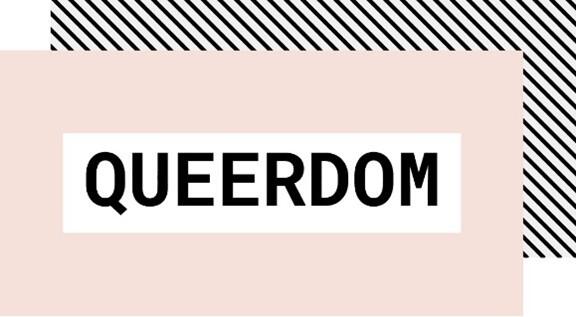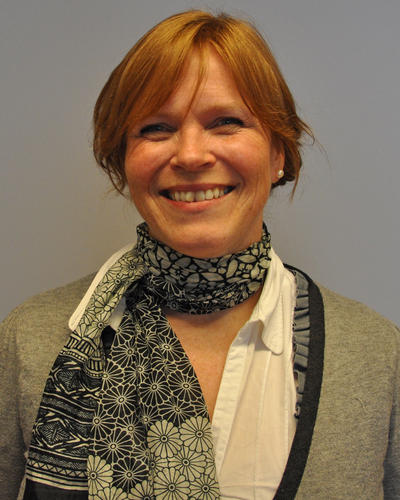QUEERDOM
Researching queer domesticities and intimacies in Norway 1842–1972.

Main content
QUEERDOM will investigate how women and men with same-sex desires – about whom we use the term ‘queer’ – lived and organized their everyday lives across a complex domestic terrain in ways that unsettles customary understandings of private life and family organization in modern Norway (1842–1972). These ‘queer domesticities’ will be investigated through the intersecting lenses of time, space, class, and gender.
One of our central hypothesis is that it was not until after WWII that Norway became truly immersed in the increasingly universal modern discourse on ‘sexuality’.
QUEERDOM shifts the focus of queer historical research firmly from the global metropolises to rural regions of Europe, from the cities to the rural districts, from the courtrooms and asylums to the mundane and everyday, and from activism to domesticity and intimacy. The project will highlight the changing dynamics of societal norms and expectations, change and stability, processes of exclusion as well as of inclusion through the period 1842–1972.
Participants
- Gry Bang-Andersen, PhD, Universitet i Bergen
- Ole Aastad Bråten, Valdres museum
- Matt Cook, Mansfield College, Oxford
- Elisabeth Engebretsen, Universitetet i Stavanger
- Silje Gaupseth, Polarmuseet, Norges arktiske universitetsmuseum
- Åsmund Borgen Gjerde, Postdoc, Universitetet i Bergen
- Line Førre Grønstad, Skeivt arkiv
- Jennifer Britt Lundberg Hansen, PhD, Polarmuseet, Norges aktiske universitetsmuseum
- Anne Marit Hauan, Polarmuseet, Norges arktiske universitetsmuseum
- Bjørn Sverre Hol Haugen, Anno museum / Universitetet i Oslo
- Dag Hundstad, Høgskolen Innlandet
- Runar Jordåen, Skeivt arkiv
- Hans Wiggo Kristiansen, Oslo MET
- Mona Pedersen, Kvinnemuseet
- Heidi Rohde Rafto, Skeivt arkiv
- Tonje Louise Skjoldhammer, PhD, Universitetet i Bergen
- Stephen Vider, Cornell University
- Antu Sorainen, University of Helsinki
- Bård Gram Økland, Bergen Sjøfartsmuseum

